Learning methods continue to evolve with each passing year. For example, gone are the days when you relied on textbooks to do research for your classroom assignments. Nowadays, the internet is the number one source of information for everything in your daily life. For example, most publishers prefer eBooks instead of hardcover copies. Similarly, educational institutions are implementing VR learning to supplement their teaching methodology.
However, with the technology still in its infancy, you must be wondering if VR learning is a thing. Keep reading to discover all there is to VR education and how institutions implement VR in the classroom.
Part 1: What are the advantages of VR learning compared to real-life learning?
So, is VR learning a thing? Yes, it is. Several education institutions are using VR in the classroom to enhance their teaching methods. In addition, the technology applies to all education levels, from kindergarten to university. Furthermore, those implementing VR learning in their curriculum testify to the advantages the technology offers students. Here are some of them for your reference:
1. VR learning increases students' interest in boring subjects.
Regardless of your age, watching something live is better than reading about it. For example, observing how your body converts food to energy is far better than learning the process from a book. Through VR technology, you can simulate your food's journey by entering the digestive tract, which is more exciting. As such, institutions realize more enrolment in their science programs.
2. VR in the classroom improves student engagement.
There is always that student who never interacts in a real-life classroom. However, you will notice that they become more engaged in the lesson when you use virtual reality. This is because they are more inclined to share their experience with others, which leads to better interactions.
3. VR education is more accessible than real-life learning.
There are still some locations with no access to a brick-and-mortar educational institution. As such, literacy levels are low, which affects the community's development. However, VR education makes it possible for people to gain formal education, regardless of their location. This is because the platforms are accessible through the internet and can be provided in any language.
4. Students are excited to attend school.
Typically, society will always rush for an opportunity to access the newest thing. For example, people often queue for days to be the first ones to get the new iPhone. Similarly, institutions that offer VR in the classroom report increasing student interest in their facilities. This is because the technology adds a gaming aspect to school work, which makes your child view learning as a fun experience.
Part 2: What are the best apps for VR learning?
Now that you are clear that VR learning is a thing, here is how education institutions are implementing it in their curriculum.
1. Language Learning:
The best way to learn a second language is to interact with native speakers. Unfortunately, traveling to these locations is expensive and requires you to undergo lengthy immigration processes. However, the process is now easier through virtual reality. Here are the apps education institutions offering language courses are using for their students.
ImmerseMe
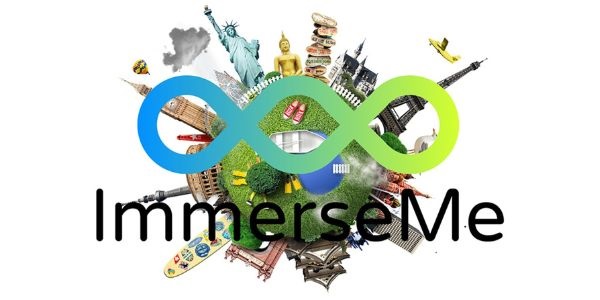
ImmerseMe is a VR app where you can access different locations and interact with the natives to improve your second language skills. For example, you can travel to Tokyo and buy a bento box from a Japanese merchant. Currently, the platform offers 9 language courses from over 3000 scenarios. The languages available are:
- French
- German
- Spanish
- English
- Japanese
- Chinese
- Italian
- Greek
- Indonesian
In addition, you will progress through four learning stages that cover pronunciation, dictation, translation, and immersion. Some of the institutions using ImmerseMe are Trinity Grammar School, Rosehill College, and Stamford American School.
VRchat
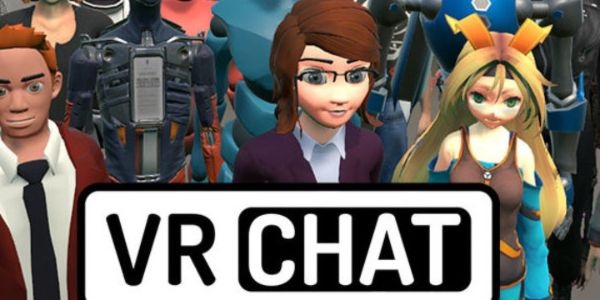
Another VR language learning app schools are using with their students is VR Chat. Unlike ImmerseMe, VR Chat relies on user-generated content. As such, you can interact with other users from anywhere in the world by accessing over 25000 virtual worlds.
In addition, it does not rely on a structured learning process. Instead, you are free to engage in different activities according to your preference. For example, using the app's chat feature, you can collaborate with other users to create games or engage in casual conversations.
Among the institutions using VR Chat is The University of British Columbia, where students can attend lectures using their Oculus VR headsets.
While VRChat is a great app, it also has its dark sides. We have discussed this topic on our previous VRChat guide , click to know more.
2. Science learning:
Another area where schools are using VR in the classroom is Science Learning. Graduating in this field can result in a lucrative career, especially when you focus on global issues such as renewable energy and environmental conservation. Here are the best VR apps for science learning.
Discovery VR

Discovery VR is a geography and augmented reality app developed by the Discovery Channel. It allows you to explore the world and interact with documentaries from a first-person perspective. For example, if you are studying to become a marine biologist, you can swim with sharks in the Bahamas as you learn more about their life in the wild. As such, students receive a more engaging learning experience due to the interactive and immersive nature of VR technology.
In addition, the app is free to use and is available to students from age 14 and above. Institutions implementing Discovery VR in their curriculum report the following benefits to their students:
- An increase in their creative development skills.
- The app enhances the course's relevance to students.
- Using Discovery VR improves thinking and reasoning capabilities.
The app is available on multiple VR platforms, including Oculus Rift, Gear VR, and HTC Vive. In addition, the app does not feature any in-app purchases. As such, students can fully focus on knowledge acquisition.
Unimersiv
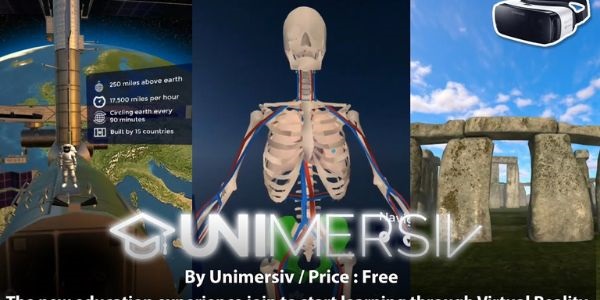
Another app that institutions use to deliver VR learning is Unimersiv. The platform is an education-specific VR app that offers learning opportunities in multiple fields, ranging from space exploration to forklift operation.
In addition, you can use Unimersiv as a VR learning solution in the following categories:
- Students of all ages from kindergarten to university level.
- Corporate employees in all departments.
- Heavy industry workers such as Excavator and Forklift operators.
- Individuals with specific training needs. Unimersiv offers custom training solutions for individuals across different skill sets.
Currently, the app supports these VR platforms:
- HTC Vive.
- Samsung Gear VR.
- Oculus Rift.
- Google Daydream.
- Google Cardboard.
- Oculus Touch.
- Oculus Go.
Furthermore, the subscription costs vary depending on the platform, with starting prices ranging from $3.49 to $5.00. However, according to most users, you can expect the below benefits when using Unimersiv:
- Hands-on experience of the skill you are training.
- Risk-free learning since your training occurs in a virtual environment. For example, forklift drivers can master operating the equipment without causing damage to actual company assets.
- Reduced training costs since training occurs remotely. For example, you can explore Rome without actually visiting the country.
Part 3: What should parents be aware of in the VR learning process?
Although VR learning is gaining traction across different industries, here are some important points to consider when administering the solution:
1. Take breaks for eyes every hour, and do not exceed 3 hours every day.
Research indicates that extended use of VR headsets can cause eye strain and fatigue. This is because most VR headsets usually display images in high resolution, which causes your eyes to adjust constantly to the flashing images. As such, you should always take 15-minute breaks after an hour of using the devices. In addition, you should not exceed 3 hours when using VR headsets to avoid further damage to your eyes.
2. Outdoor sports with kids after VR usage.
Another point to consider when using VR learning is to participate in outdoor sports with your kids after VR usage. This is because using VR for extended periods can result in antisocial behavior where your child only prefers to interact with virtual worlds. Therefore, participating in outdoor sports with your kids restores their perception of the real world and promotes bonding.
Furthermore, participation in outdoor sports authenticates their training since they can translate their new skills into the real world. As such, their VR education comes full circle.
3. VR learning is still expensive.
Although platforms like Discovery VR are free to download and use, the equipment you need to use the app is still high. For example, the app requires you to have a gaming PC and a compatible VR headset such as HTC Vive or Oculus Rift. Typically, these devices can cost you upwards of $1000, depending on the VR education app requirements.
4. Operational Issues.
Despite developers offering regular updates to their VR education apps, you will experience downtimes from time to time. For example, there are reports of VR headsets breaking down during VR learning sessions. As such, your training will only resume once you replace the device. These interruptions can delay the learning process, which can result in the whole experience being unworthwhile.
Parental Control Tools Are Necessary to Limit kids' Use of Digital Devices.
Now parental controls are available on many VR headsets. control their children's use of VR headsets on the mobile app, By using Screen Time feature, parents can limit VR usage time; and by using Ask to Buy feature, they can prevent children from in-game buying. Check this full guide to VR parental controls to know more.
Apart from VR headsets, parental controls are also necessary on other digital devices for kids, such as mobile phones and PC. Here I highly recommend you to use Wondershare Famisafe.
How can Famisafe help for better parental controls?
Wondershare Famisafe is a reliable and powerful parental control software. You can use its Activity Report feature to see what app your kid is viewing and how long they spend online, and what apps they have installed and uninstalled. At the same time, you can use Screen Time and App Blocker features to block some inappropriate apps.
Not only that, but the app has some other nice parental control features like suspicious text detection on various social media platforms, screen time limiting, porn blocking, detection of photos, location tracking, and website filtering.
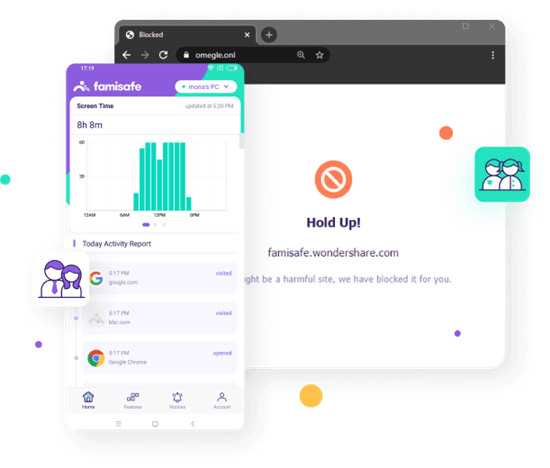
Check this video to learn about the mobile safety rules for kids and block unwanted applications in your kid's phone.
Wondershare Famisafe
FamiSafe lets parents control screen time, track real-time location and detect inappropriate content on kids' devices.
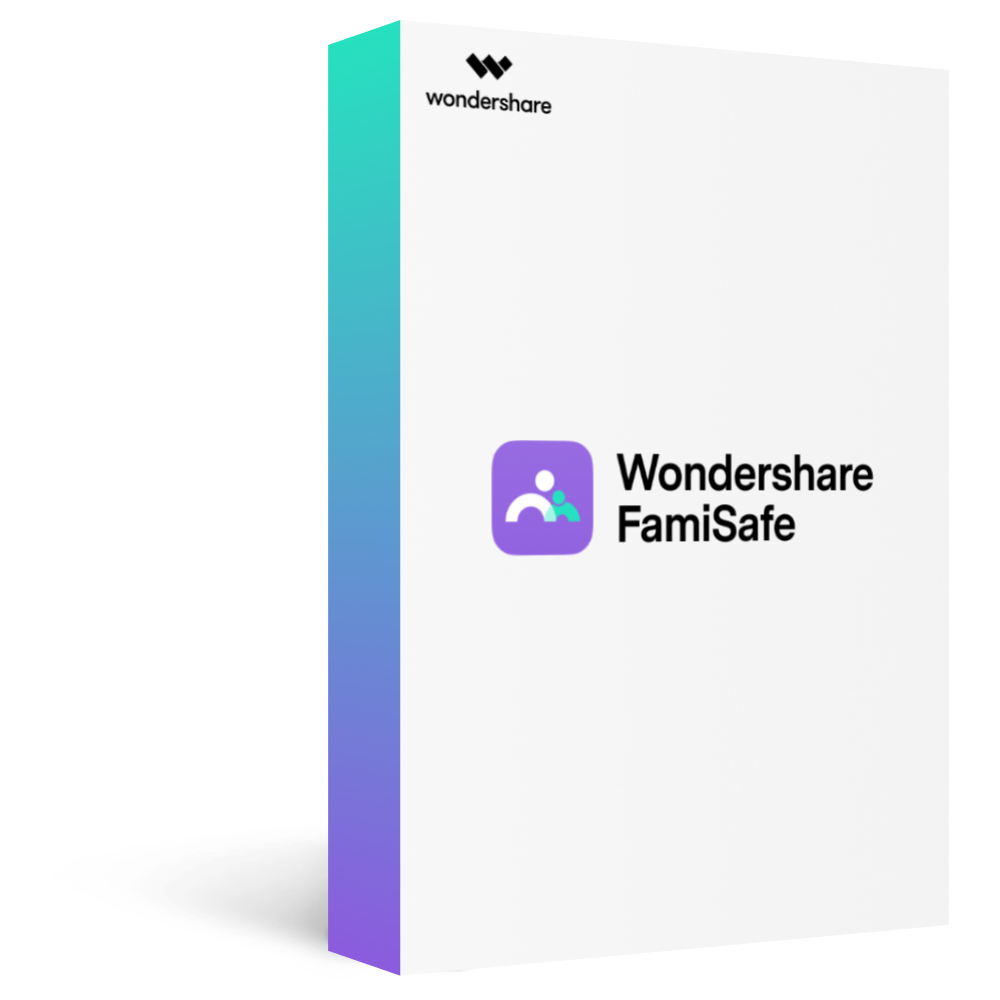
As you can see, there is plenty to look forward to regarding using VR in the classroom. However, there is still a lot to do before these solutions become mainstream.
